- Joined
- 27 December 2005
- Messages
- 17,749
- Reaction score
- 26,372
Possibly you could put the notes and sources in a PDF download, so those interested can get it?
I´m still (eagerly) waiting for my copy to arrive. This time I ordered it via amazon.de. I did my other orders directly from mortons, but this time (Brexit you know...) I thought it would be smart, to order it via amazon. This seems to be a failure, because amazon can´t deliver it until april. But I want to say here, that I´m a great fan of Dan´s work: it is always great researched, well written and nice illustrated. So please keep the refenrences and keep transparent with the sources. Otherwise for historians (like I´am) it would be a bad thing.Keep them in place, please. If they are 1)books or 2)original sources, 1) helps me collect stuff and 2) shows places where more is to be learned.
I may not be your typical reader, mind.
Indeed. None of my Luftwaffe: Secret volumes offered explicit notes on the source of the documents used but those titles really were designed to sell in supermarkets and I doubt casual readers were especially interested in learning exactly where the information included came from. However, the books are different, as you say. I'm currently working on Secret Projects of the Luftwaffe Volume 1: Jet Fighters - which is an overview of jet, rocket, pulsejet and ramjet fighter development in Germany during WW2. As mentioned elsewhere, rather than simply reprinting Luftwaffe: Secret Jets of the Third Reich, this is a ground-up rewrite and it's incredible how many more primary sources I have to draw on now than I had back in 2014/15. It's also interesting, having revisited every single source used for Luftwaffe: Secret Jets, how certain nuances within those documents make much more sense in the context of the more recently discovered material and allow me to paint a far clearer picture of what happened and when.
As with this new BV 155 book, showing the sources should allow anyone who is unsure whether to trust my version of events, compared with potentially contradictory material in other works, to seek out the original material and judge for themselves.
But as you say, perhaps this is overkill and people are simply willing to take what I write on trust. I'm sure many readers would much rather have slightly larger drawings throughout and lose the footnotes altogether.
Well, for abbreviations (why is that such a long word?) I use the same style as the RAF Historical Society and they don't use full points.
Anyway, back to what this thread should be about - the BV 155. My copy is in a pile of Christmas books at home, so forgive me if this is answered in the book.
I've always been intrigued by how much information the Germans had about the B-29. Just what they gleaned from the US press or did they have sources in the programme?
Chris
Well, for abbreviations (why is that such a long word?) I use the same style as the RAF Historical Society and they don't use full points.
Anyway, back to what this thread should be about - the BV 155. My copy is in a pile of Christmas books at home, so forgive me if this is answered in the book.
I've always been intrigued by how much information the Germans had about the B-29. Just what they gleaned from the US press or did they have sources in the programme?
Chris
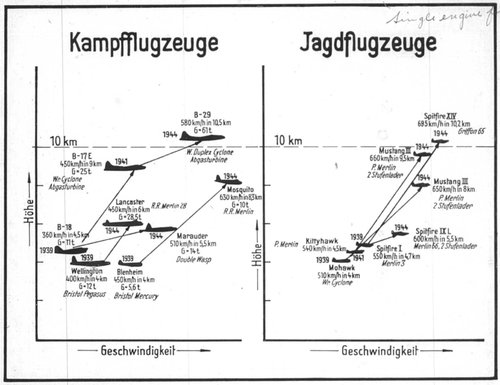
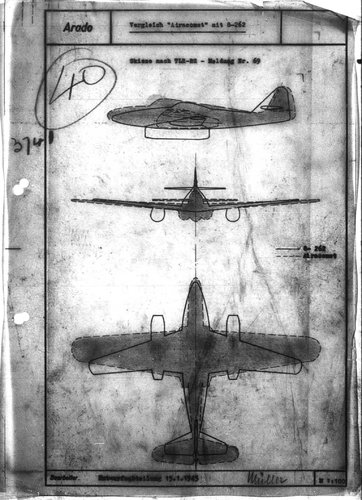 .
.Maybe the F6U Pirate?Is the TLR report you're talking about the one on cdvandt.org?
That report also mentions a Vought jet fighter. I wonder if that was some disinfo fed to a German spy.

I received my copy last week and finally got around to reading it. I'm only a few chapters in but so far much better than anything else written about the program, and having full citations is a big plus!
However, you mention that there is a photo of the 109 with a DB605/628 labeled as 'Me409', but as far as I can tell this photo isn't printed anywhere in the book. Is it just that boring/low quality or are there rights issues?
Additionally the drawings of the 209, especially the 'sketchy' one show something odd going on with the exhaust. It looks like the exhaust is in a duct that opens up right at the end of the cowling and "fills in" the discontinuity between the 109 fuselage and the larger engine cowl - somewhat similar to the radial 190 exhaust stacks. That is a pretty neat solution to the problem and something I haven't seen depicted in any redraws.
EDIT: I suppose its actually for flame dampening like was done on the early v-series for the 152
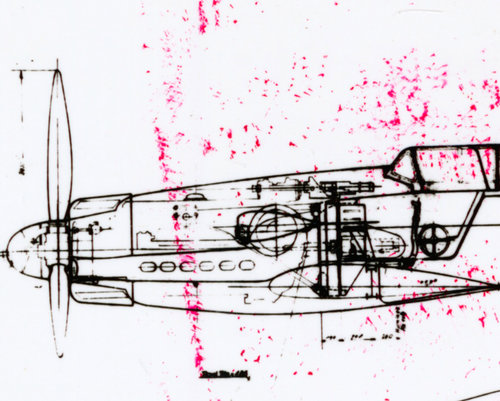
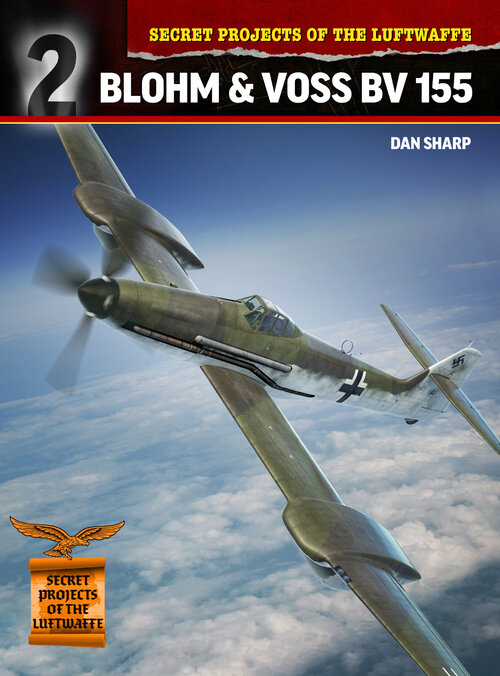
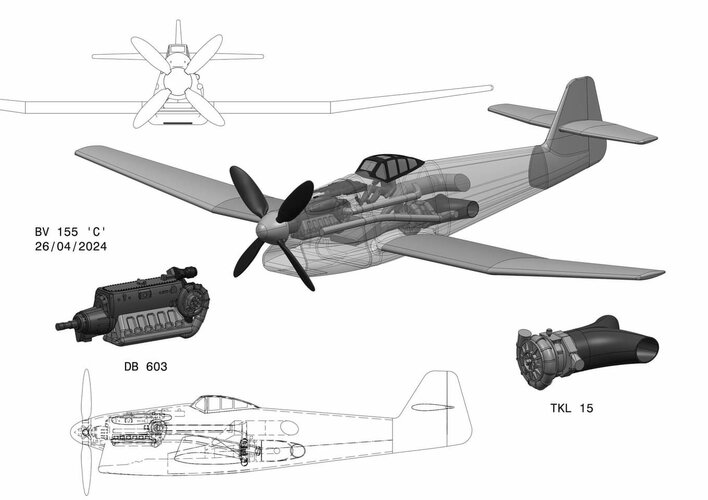
I've read the book. Twas good.
I hope you had as much trouble keeping track of all the various evolutions as I did. I must have read the first few chapters three times trying to get it straight in my head, where the various Me109H, Me209, Me409 and Me 155 iterations began and ended with regard to each other, and I'm pretty sure they reinvented the wheel a couple of times. Even taking notes, I lost track of all the variations, and I'm pretty sure Messerschmitt did too.
How niche is niche? I knew about it when I was eight years old.If the BV 155 wasn't such an incredibly niche aircraft, I would consider redoing this book as Blohm & Voss BV 155 Development & Politics in hardback. I have more contemporary illustrations now than I did when I wrote the original five years ago and a lot more context.
